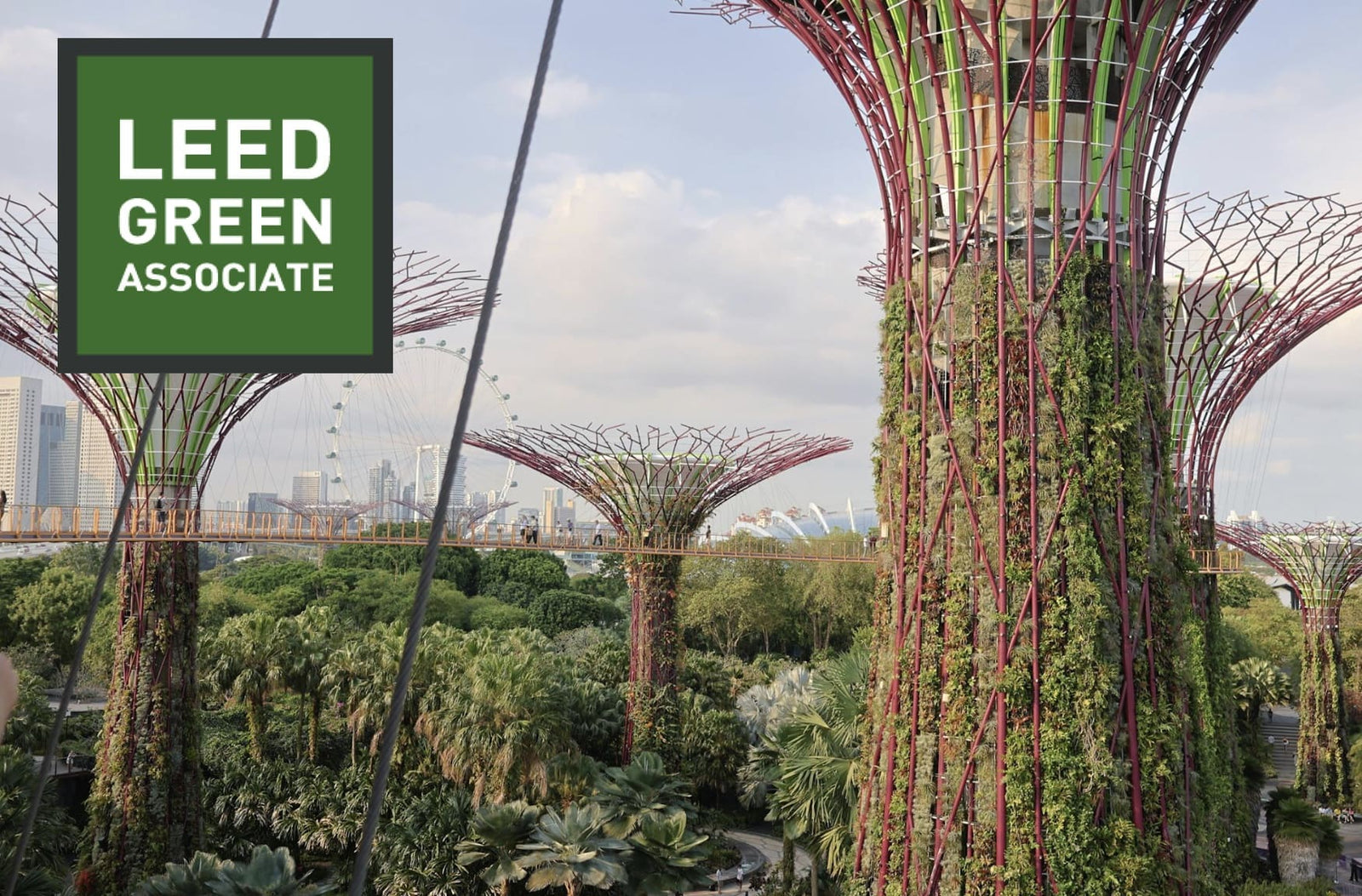40% OFF ALL LEED EXAM PREP PRODUCTS! | PASS YOUR EXAM CONFIDENTLY, ON YOUR FIRST TRY!
40% OFF ALL LEED EXAM PREP PRODUCTS! | PASS YOUR EXAM CONFIDENTLY, ON YOUR FIRST TRY!
Add description, images, menus and links to your mega menu
A column with no settings can be used as a spacer
Link to your collections, sales and even external links
Add up to five columns
Add description, images, menus and links to your mega menu
A column with no settings can be used as a spacer
Link to your collections, sales and even external links
Add up to five columns
Benefits of LEED Certification
1 min read

LEED®-certified buildings are proven to be environmentally friendly and to respect human health. However, there are other major benefits of a LEED certification that can be summarized as money savings over the lifetime of a project, increased project value, and increased building occupant satisfaction.
Additionally, LEED projects are known to be much more energy efficient compared with regular buildings and to have lower operating costs. The same thing applies for water consumption, as LEED-certified buildings consume less potable water than regular buildings. LEED-certified projects have an increased building value, which means more return on investment. LEED is a great marketing tool for developers, which results in high occupancy rates. Since the building systems in LEED-certified projects are commissioned during the design and construction phases as a requirement, the building systems create fewer problems during the operations phase. Furthermore, people who work in LEED-certified buildings have increased productivity due to the healthier environment of the buildings, which is the result of increased exposure to natural daylight, increased ventilation rates inside the building, less contaminated indoor air, more open spaces, increased acoustic performance, and many other advantages.
Even though the initial cost of a LEED-certified building may be slightly higher than a regular building (because of the commissioning activities, LEED consulting, and LEED application costs), the life-cycle cost of a regular building typically turns out to be much higher than a LEED-certified building.Also in New to LEED?

LEED Green Associate Overview
6 min read

How to Become a LEED Green Associate (2025-2026 Step-by-Step Guide)
4 min read
Becoming a LEED Green Associate is more than earning a title; it’s proof that you...

How to Study for the LEED Green Associate Exam (2025-2026 Study Plan)
4 min read
The LEED Green Associate exam is your first big step toward a career in sustainable design and construction...

